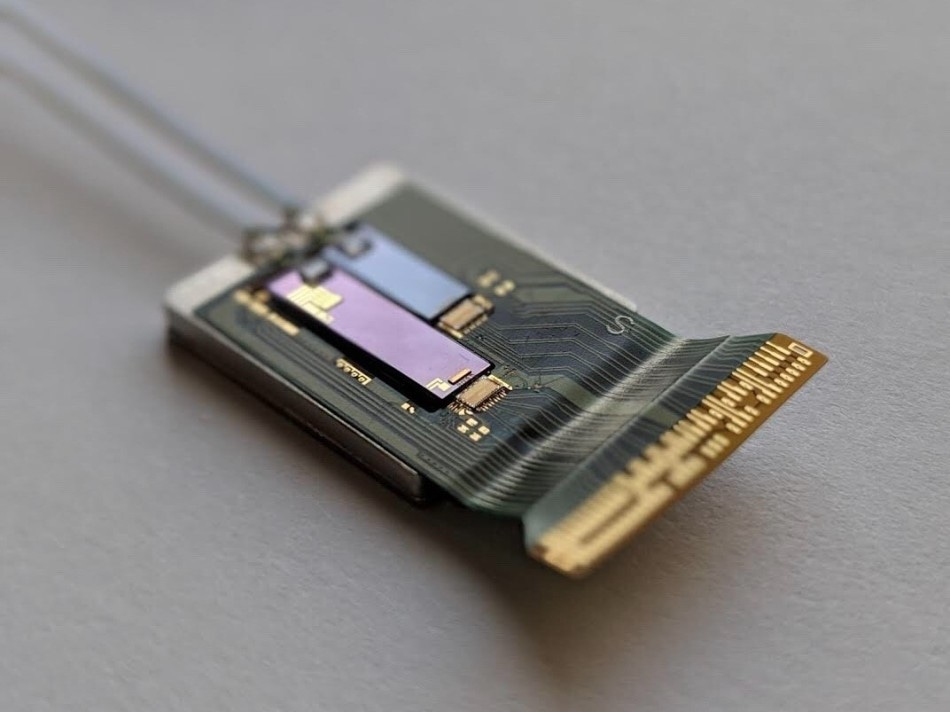Rockley Photonics, a leader in integrated optics for high-density digital systems, today announced the completion of its fully integrated silicon photonics platform running in a large-scale foundry environment.
 Rockley Photonics’ Transmit-Receive Optical Sub-Assembly (TROSA) for data communication AOCs and transceivers depicting simplicity
Rockley Photonics’ Transmit-Receive Optical Sub-Assembly (TROSA) for data communication AOCs and transceivers depicting simplicity
Rockley Photonics has successfully overcome significant technological challenges that have, until now, held back the broad adoption and implementation of integrated photonics in high-volume applications. Chipset shipments to Rockley customers have begun and products implementing them will ramp up the production curve.
The integrated photonic platform delivers low-cost, high-value wafer scale processing to photonics. It is key to many product opportunities in applications where Rockley has go-to-market partnerships including optical sensing, 3D laser imaging and AI computing connectivity. It solves the key issues experienced by wafer scale silicon photonics to date, including elimination of active precision fiber alignment, full functionality in a single chip and optimized integration with microelectronics and systems.
Andrew Rickman, Chairman and CEO stated, “In one partnership example, Active Optical Cables (AOCs) and transceivers will be manufactured by our joint venture with Hengtong Optic-Electric Suzhou, a world-leading optical fiber and cable provider. The platform-derived photonics and electronics chipset we are providing are key to facilitating the massive scaling required in datacenter expansion, AI computing connectivity and 5G backhaul, where high bandwidth and dense optical input/output are paramount and also where cost and power utilization are critical.”
High-density in-package optical connectivity for powerful ASICs, known as optoASICs, is one of the applications Rockley’s versatile technology platform has been developed for. Last year, Rockley demonstrated this technology in the world’s first single ASIC Level 3 datacenter routing switch with integrated 100G network ports using single-mode optical fiber.
Rickman continued, “The platform’s ability to fully integrate transceiver functionality sets it apart from other transceiver solutions that use older chip-on-board, labor-intensive assembly practices. Its versatility provides the pathway for the vertical integration of a low-cost, differentiated product set that will help drive new competitiveness in large established markets like the AOC/transceiver market as data links reach 400G and beyond.”